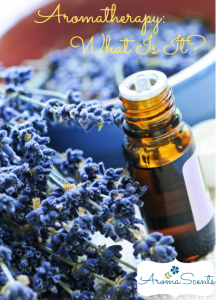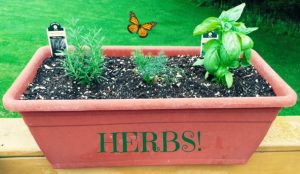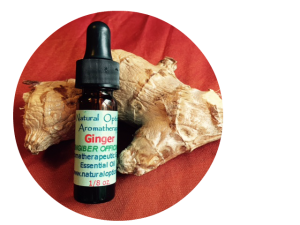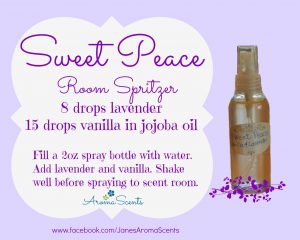Favorite Finds: Rose de Mai Beauty Oil
Recently I was spending a lovely sisters’ weekend on Mackinac Island. If you’ve never been there, it’s truly  like stepping back in time. No cars are allowed on the island, so the main forms of transportation are your feet, bicycles, and horse and carriages. The rhythmic clip-clopping of horses’ hooves on the roads is a welcome relief from the noise of buses, trucks, and cars.
like stepping back in time. No cars are allowed on the island, so the main forms of transportation are your feet, bicycles, and horse and carriages. The rhythmic clip-clopping of horses’ hooves on the roads is a welcome relief from the noise of buses, trucks, and cars.
A Fragrant Treasure
An assortment of shops fills the downtown streets of Mackinac, and my sisters and I couldn’t wait to explore them. In a little store tucked away on a back street, I found a lovely treasure
— a bottle of Rose de Mai Beauty Oil. If you’re at all familiar with aromatherapy, you know that rose is one of the most expensive essential oils that you can purchase. One ounce of (true) essential oil of Rose Otto
(Rosa damascena) can cost well over $1000.
 I squeezed a drop from the tester bottle onto my hand and turned the box over to examine the contents. I discovered that this oil is actually a blend. It does not contain the essential oil, but rather contains the essential waxes of Rosa damascena and Rosa centifolia in a jojoba, borage, and grapeseed oil base. But it is altogether lovely!
I squeezed a drop from the tester bottle onto my hand and turned the box over to examine the contents. I discovered that this oil is actually a blend. It does not contain the essential oil, but rather contains the essential waxes of Rosa damascena and Rosa centifolia in a jojoba, borage, and grapeseed oil base. But it is altogether lovely!
Essential Flower Wax
Are you wondering what an essential flower wax is? I was too! After researching, I found out that it is a vegetable wax, somewhat like beeswax, that is left over from the process of making a flower absolute.
To make an absolute, the plant scent is first extracted with alcohol and then chilled. This process separates the rose wax from the absolute. The essential wax itself contains many beneficial properties, and it can be used in other products, such as my beauty oil. In an article called Essential Flower Waxes, aromatherapist Jeanne Rose lists the properties of rose flowers’ (Rosa centifolia and Rosa damascena) essential wax:
- moisturizing
- softening
- free-radicals scavenging

My sisters and I on a Mackinac hike.
- soothing for itchy, dry, delicate, or teenage skin
Review of Rose de Mai Beauty Oil
I am enjoying my Rose de Mai Beauty oil. Note that it comes with a dropper top, but does not include a regular cap. I wish it had a cap on it to prevent any of the properties from evaporating through the rubber bulb of the dropper.
Even though it does not contain the pure essential oil, it is a beautiful product with a light rose fragrance. The oil itself sinks into your skin and absorbs nicely without leaving any residue.
If you desire to use it as a perfume, realize it’s not designed as a fragrance, so the aroma doesn’t have the staying power of a day-long fragrance. It is far lighter and unobtrusive lasting an hour or so, but delightful. So far I’m using it as a facial moisturizer, a cuticle repairer, and a light scent. With just a few day’s use, my skin feels softer. It is one of my favorite finds from our trip to Mackinac.
If you’d like to try the Rose de Mai oil or the rose essential wax, I’ve found the products on Amazon. I’m planning on buying the wax myself to use in aromatherapy products I make, as I love the aroma and properties of rose, but buying the pure essential oil or even the absolute can be pretty pricey. I’m interested to see if the wax boosts the rose scent of my products as well as adding to the beneficial qualities of them. I’ll post about that when I try it.
How about you? Do you have any favorite aromatherapy finds? Be sure to share in the comments below. Always keep your eyes open, because you never know where or when you’ll find a treasure!
eScentually yours,
*This post does contain affiliate links. I do make a small profit if you purchase any products through my links. I only link to products I use myself, have heard are reputable, or are on my own want-to-try list. If you do choose to purchase a product through my link, thank you so much. This helps me as writing and aromatherapy/natural health are my business and passion.

 It looks as if winter has finally decided to arrive in Indiana. We had one of the warmest Decembers I can remember, and my family was actually outside playing basketball on Christmas Day! That has changed, however, and the cold has arrived whether it was wanted or not, along with about three inches of snow.
It looks as if winter has finally decided to arrive in Indiana. We had one of the warmest Decembers I can remember, and my family was actually outside playing basketball on Christmas Day! That has changed, however, and the cold has arrived whether it was wanted or not, along with about three inches of snow.









